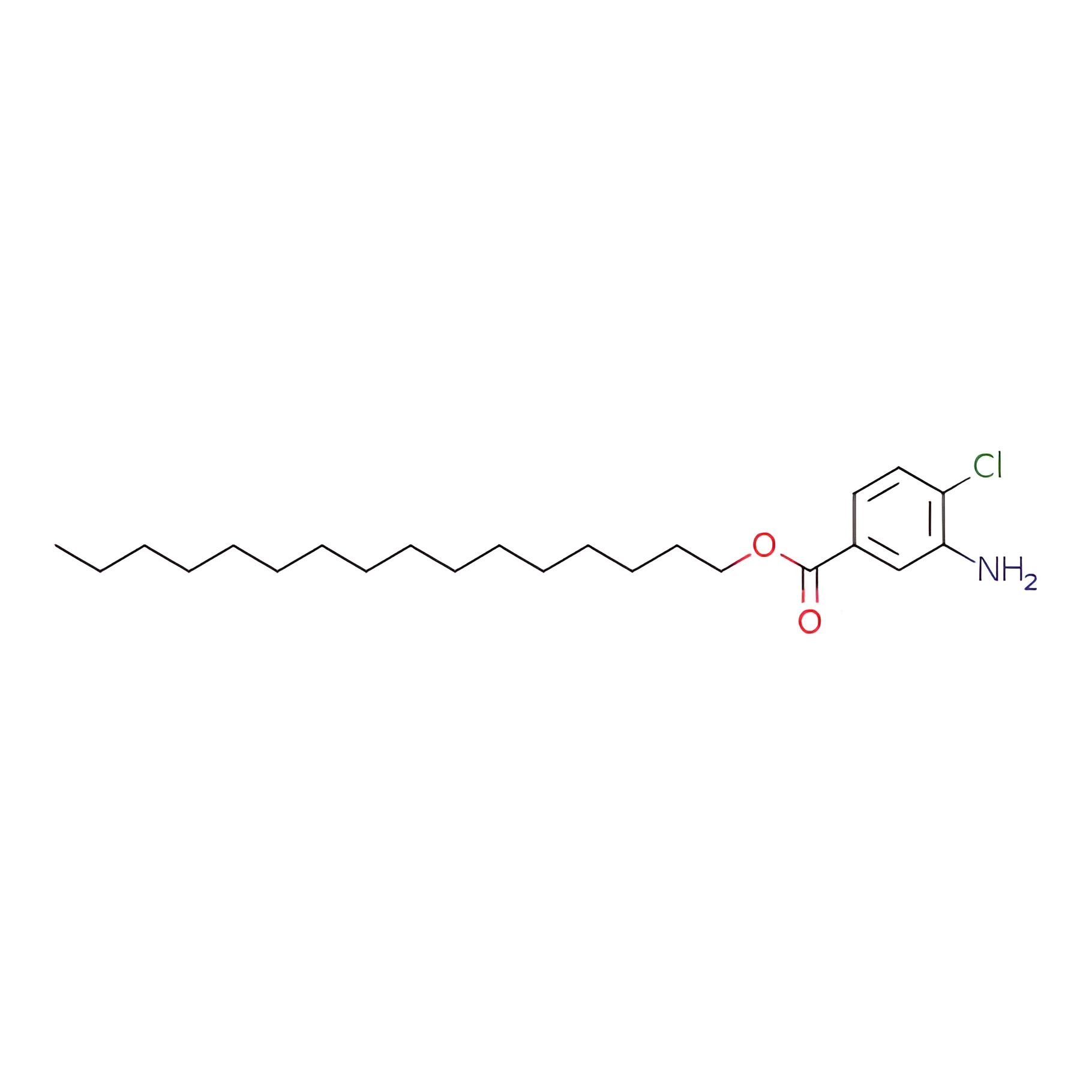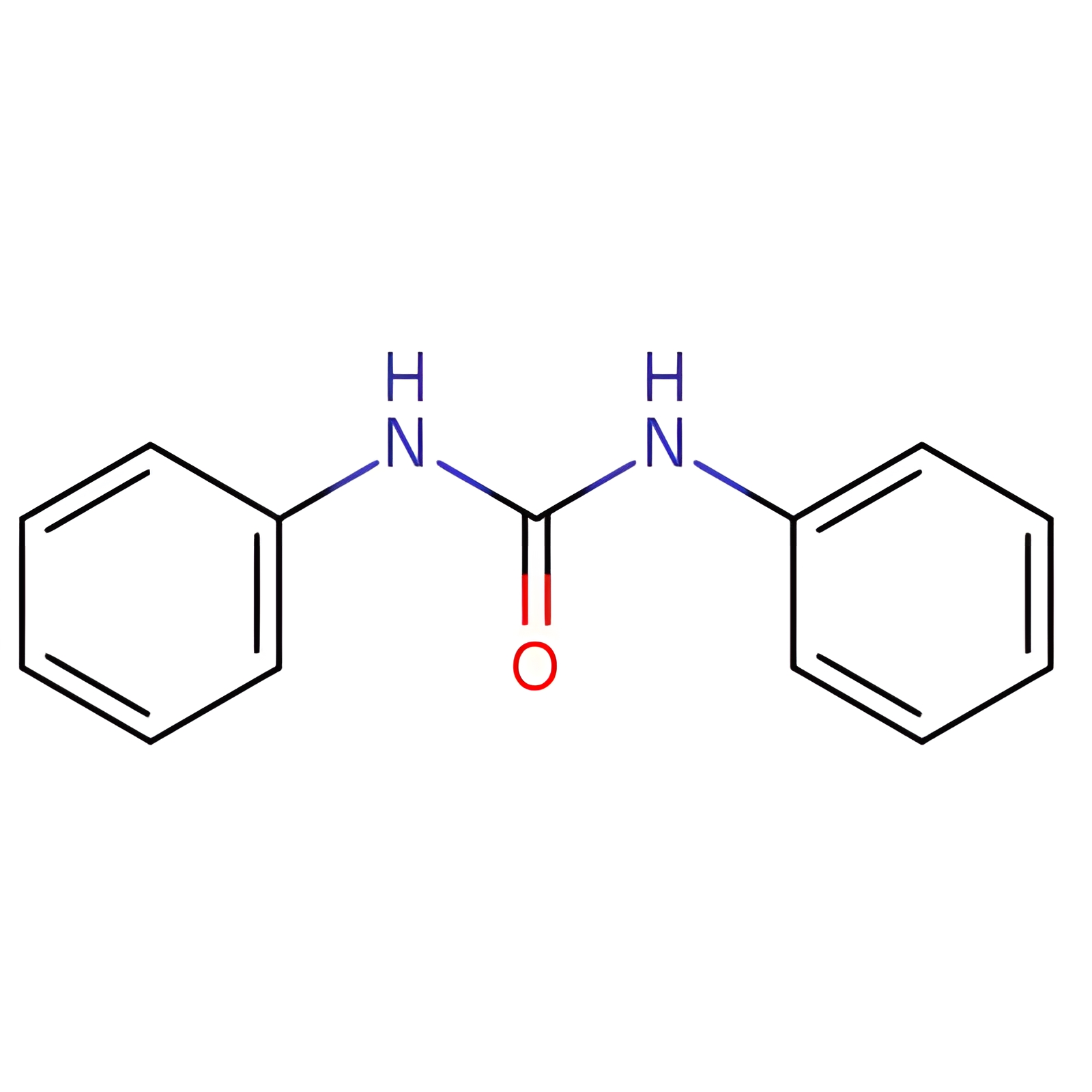
Products
1,1-DIMETHYLUREA

Raw Material
Upstream Raw Materials:
❃ N,N,O-trimethyl-isourea
❃ hexane
❃ O-methyl N,N-dimethylthiocarbamate
❃ NCNMe2
Downstream raw materials:
❃ Benzeneacetamide
❃ methylammonium carbonate
❃ methylene-bis(N,N-dimethylurea)
Chemical Property of 1,1-Dimethylurea
● Appearance/Colour:White to off-white crystalline powder
● Melting Point: 178-183 °C(lit.)
● Boiling Point: 130.4 °C at 760 mmHg
● Flash Point: 32.7 °C
● Density: 1.023 g/cm3
● Storage Temp.: Store below +30°C.
● Water Solubility.: Soluble
● Hydrogen Bond DonorCount: 1
● Rotatable Bond Count: 0
● Heavy Atom Count: 6
● Vapor Pressure: 9.71mmHg at 25°C
● Refractive Index: 1.452
● PKA: 14.73±0.50(Predicted)
● PSA: 46.33000
● LogP: 0.32700
● Solubility.: water: soluble5%, clear
● XLogP3: -0.8
● Hydrogen Bond AcceptorCount: 1
● Exact Mass: 88.063662883
● Complexity: 59.8
● Chemical Classes: Nitrogen Compounds -> Urea Compounds
● Canonical SMILES: CN(C)C(=O)N
Uses
1,1-Dimethylurea (N,N-dimethylurea) has been used in the Dowex-50W ion exchange resin-promoted synthesis of N,N′-disubstituted-4-aryl-3,4-dihydropyrimidinones.1,1-Dimethylurea is a different compound with the chemical formula (CH3)2NC(O)NH(CH3). It is also known as dimethyl carbamide or N,N'-dimethylurea.1,1-Dimethylurea is a white crystalline solid and is soluble in water. It is primarily used as a reagent in organic synthesis, specifically in the preparation of pharmaceuticals and agrochemicals. It can participate in various reactions such as amidations, carbamoylations, and condensations. Additionally, 1,1-dimethylurea can act as a solvent for polar substances.Like with any chemical compound, proper safety precautions should be taken when handling 1,1-dimethylurea, including the use of appropriate gloves, goggles, and adequate ventilation. It is essential to consult the safety data sheet (SDS) and follow the recommended handling and disposal procedures.







